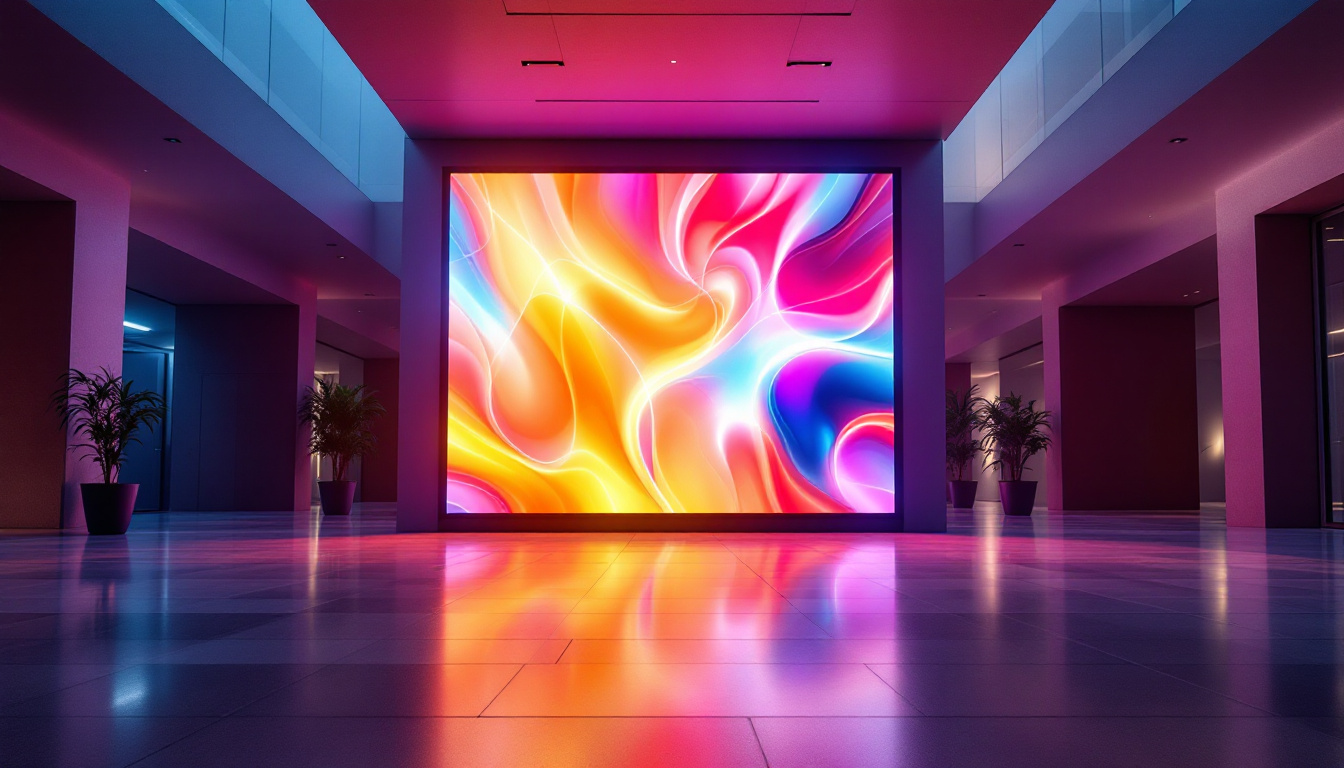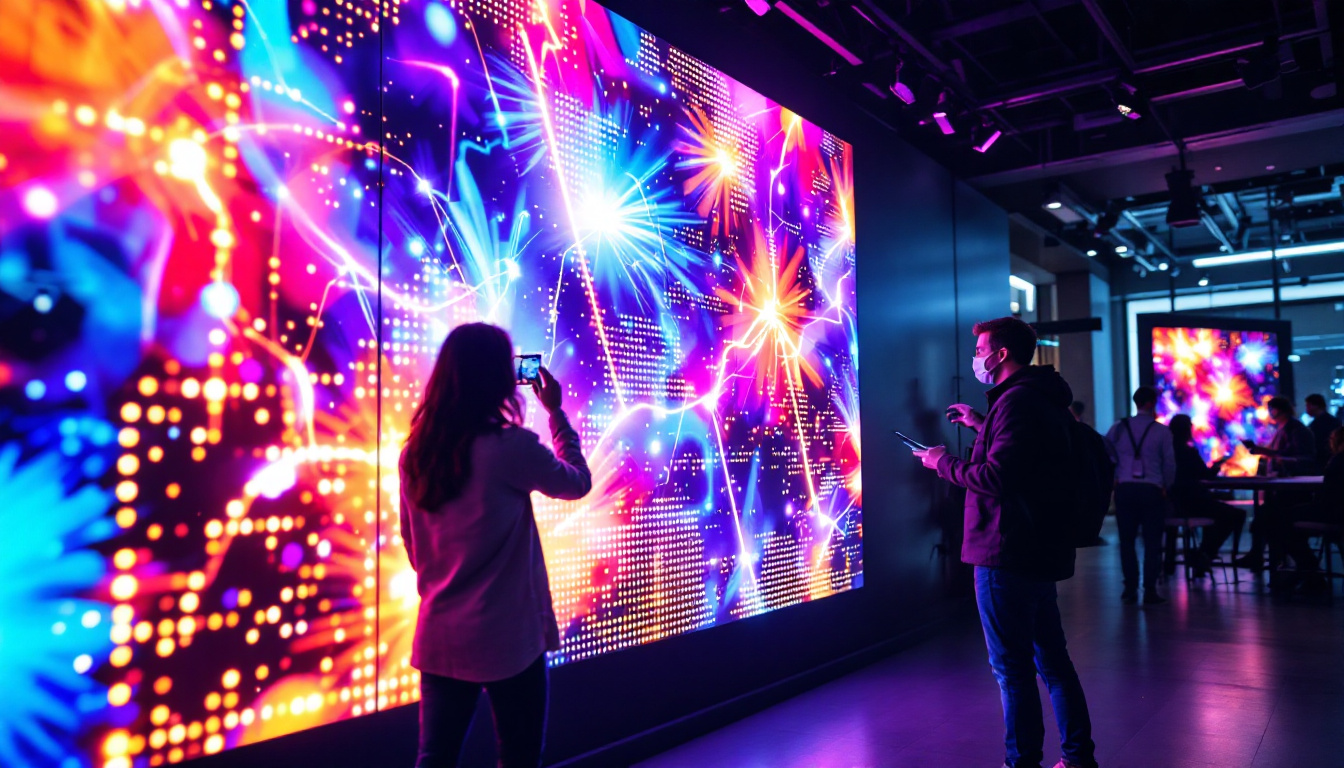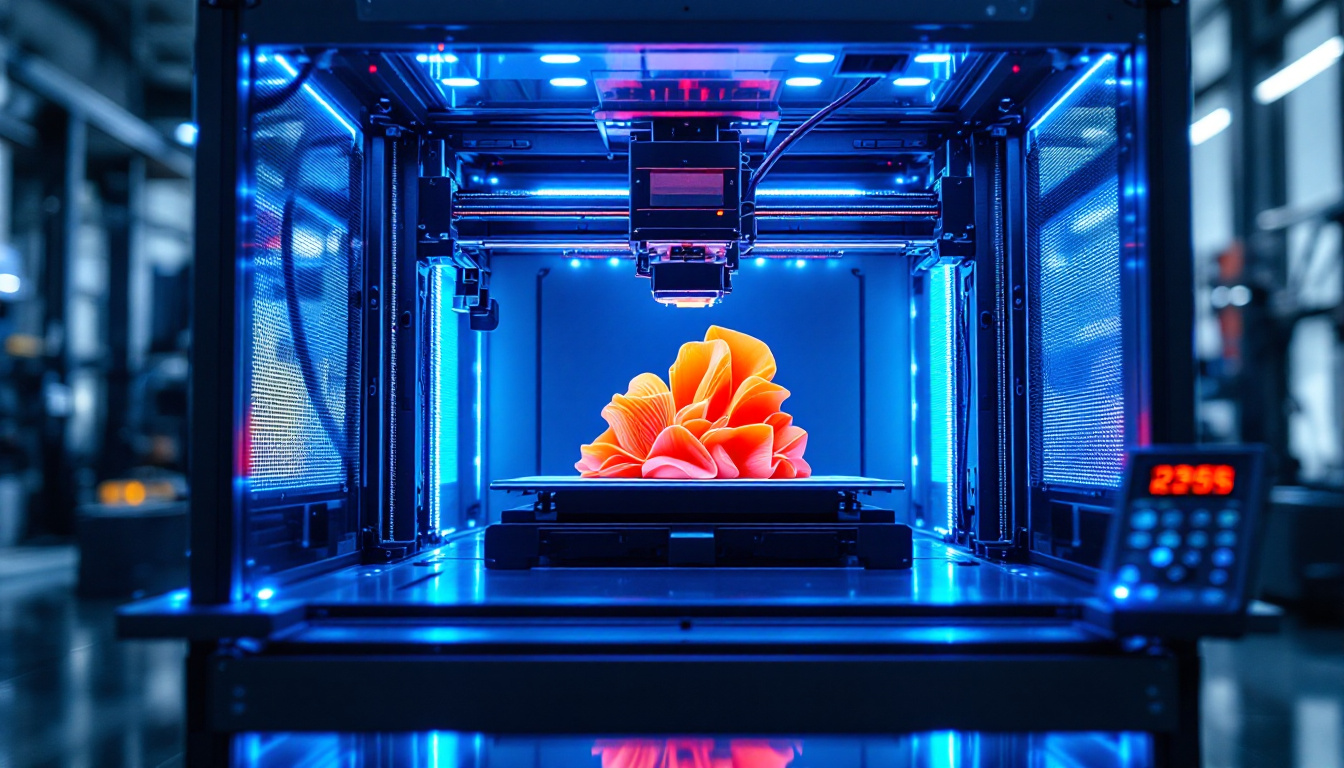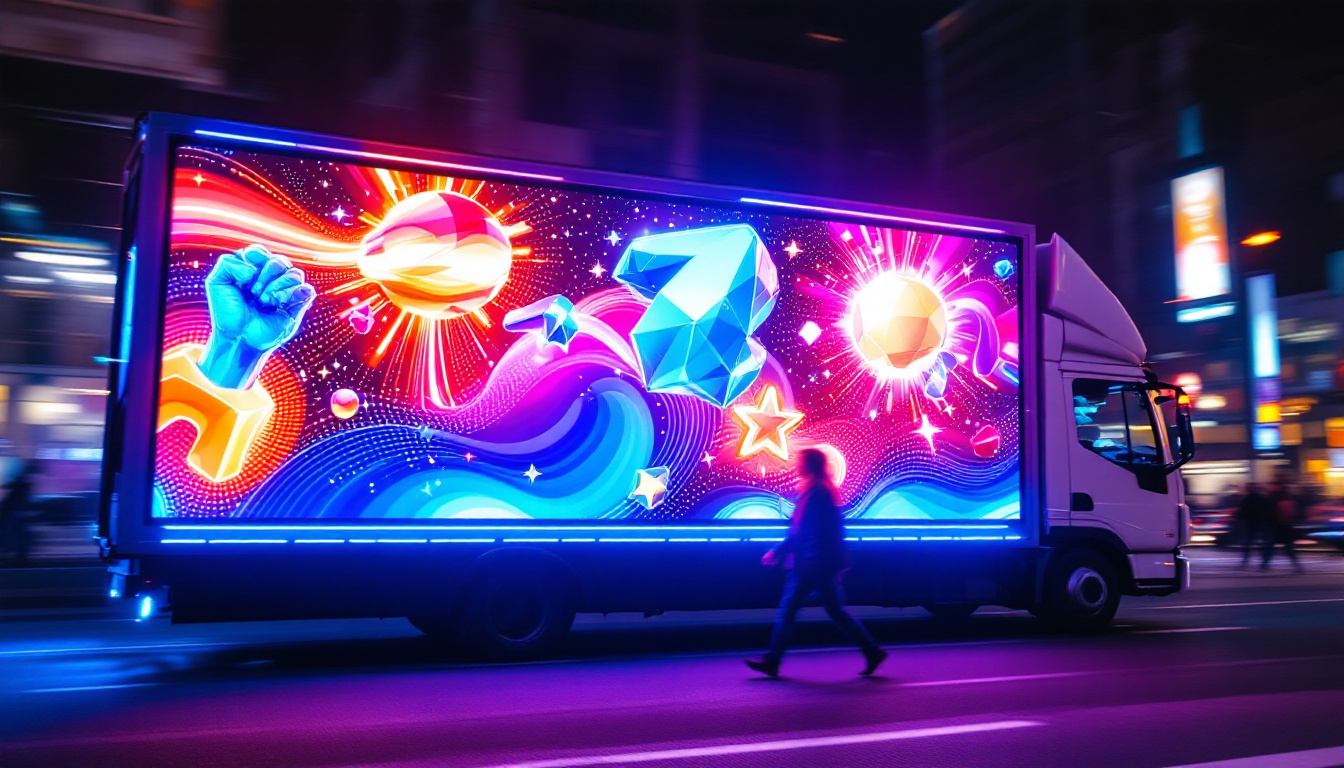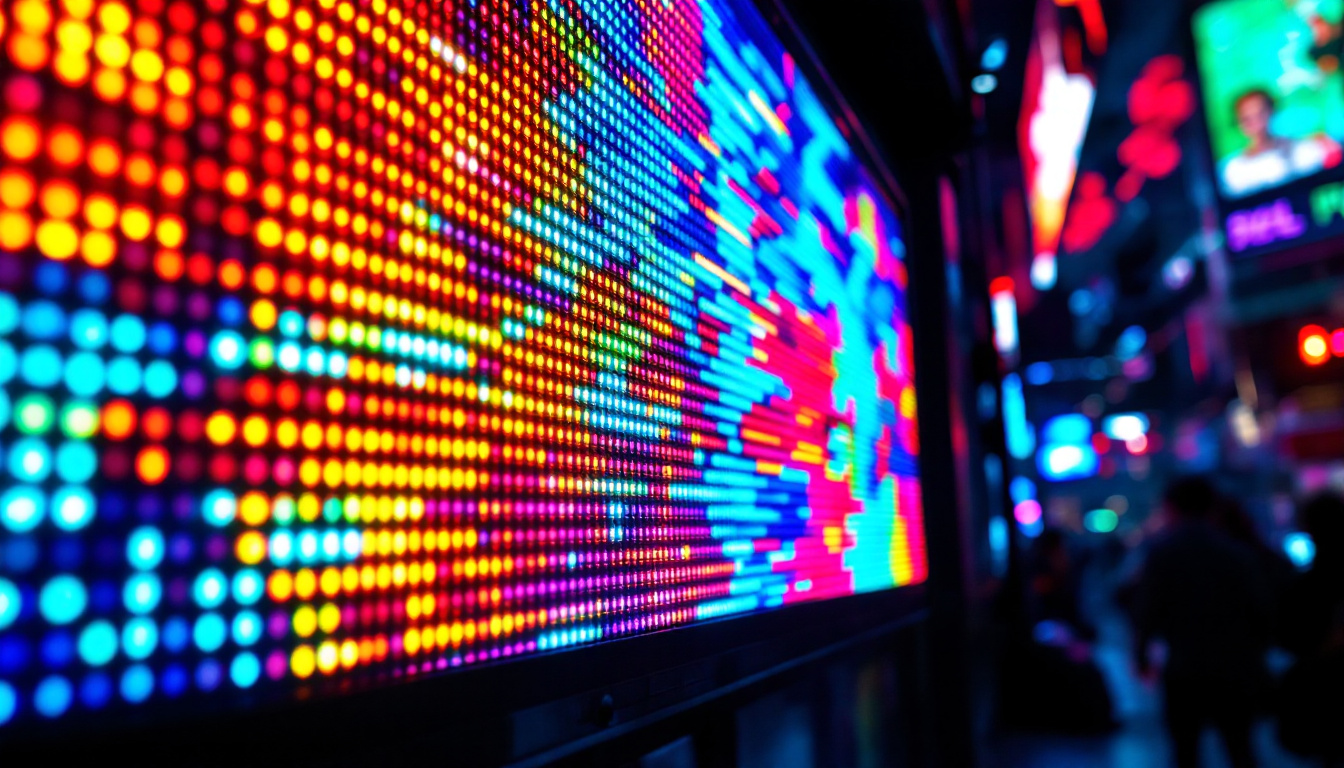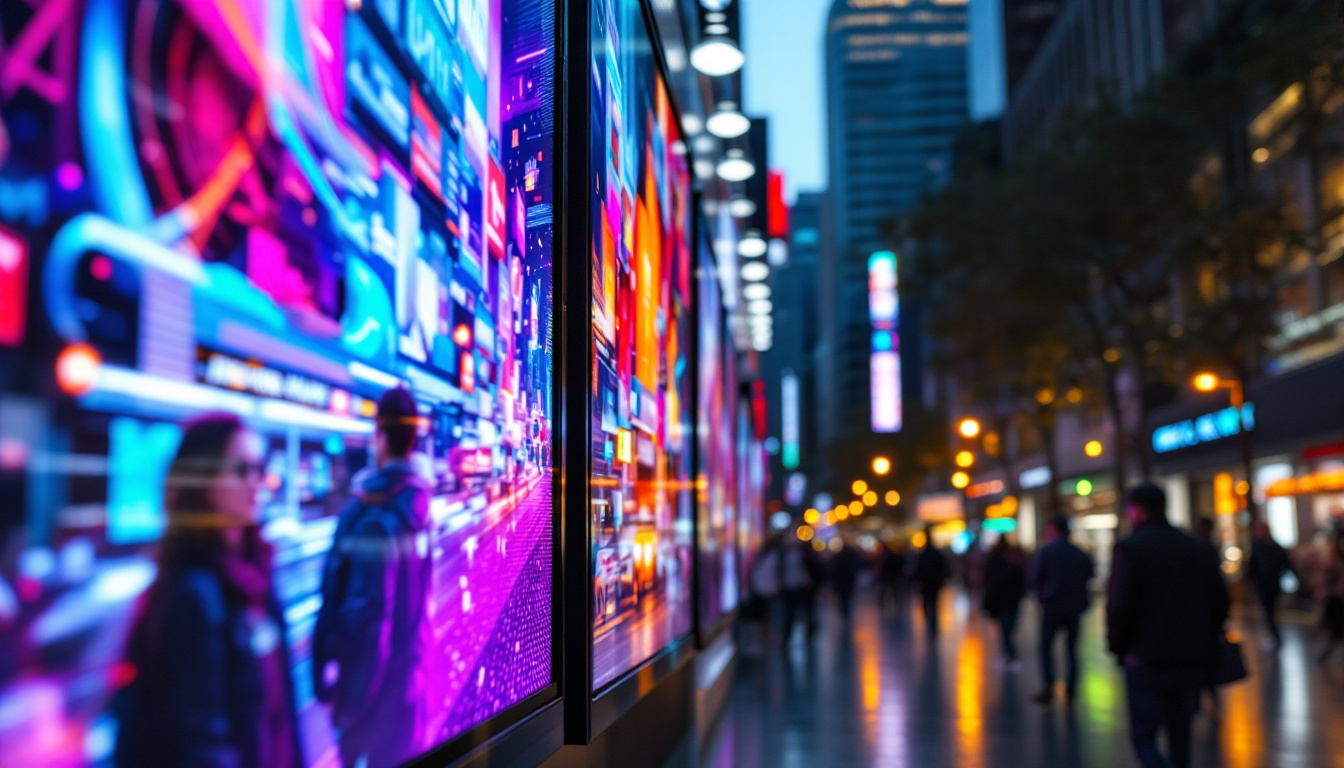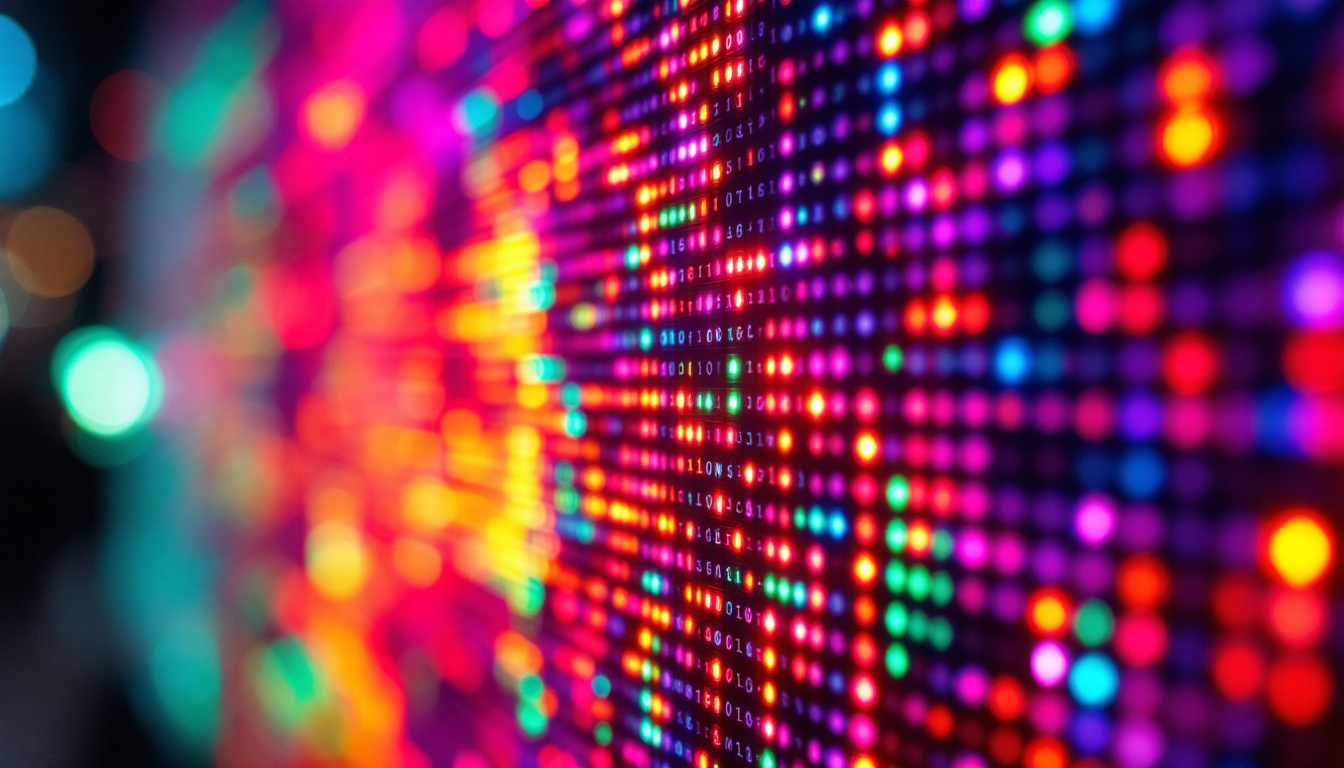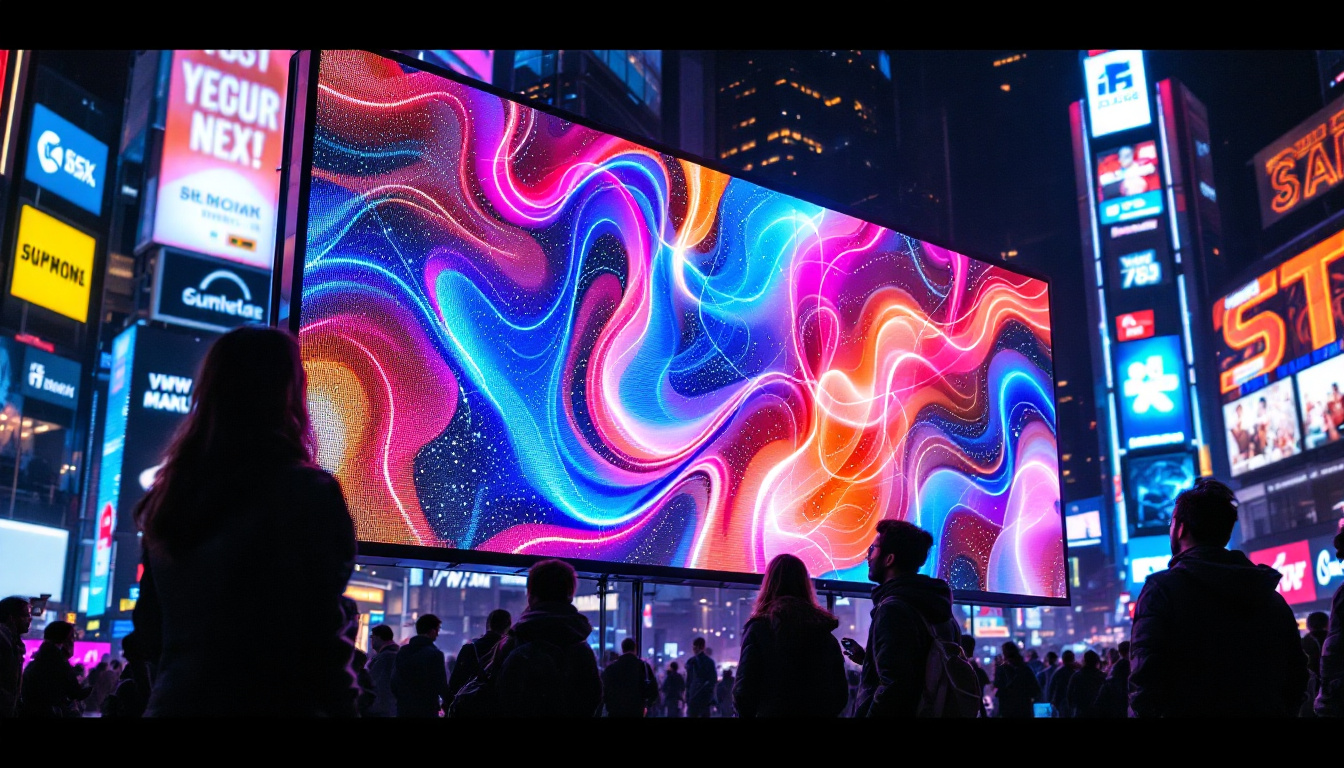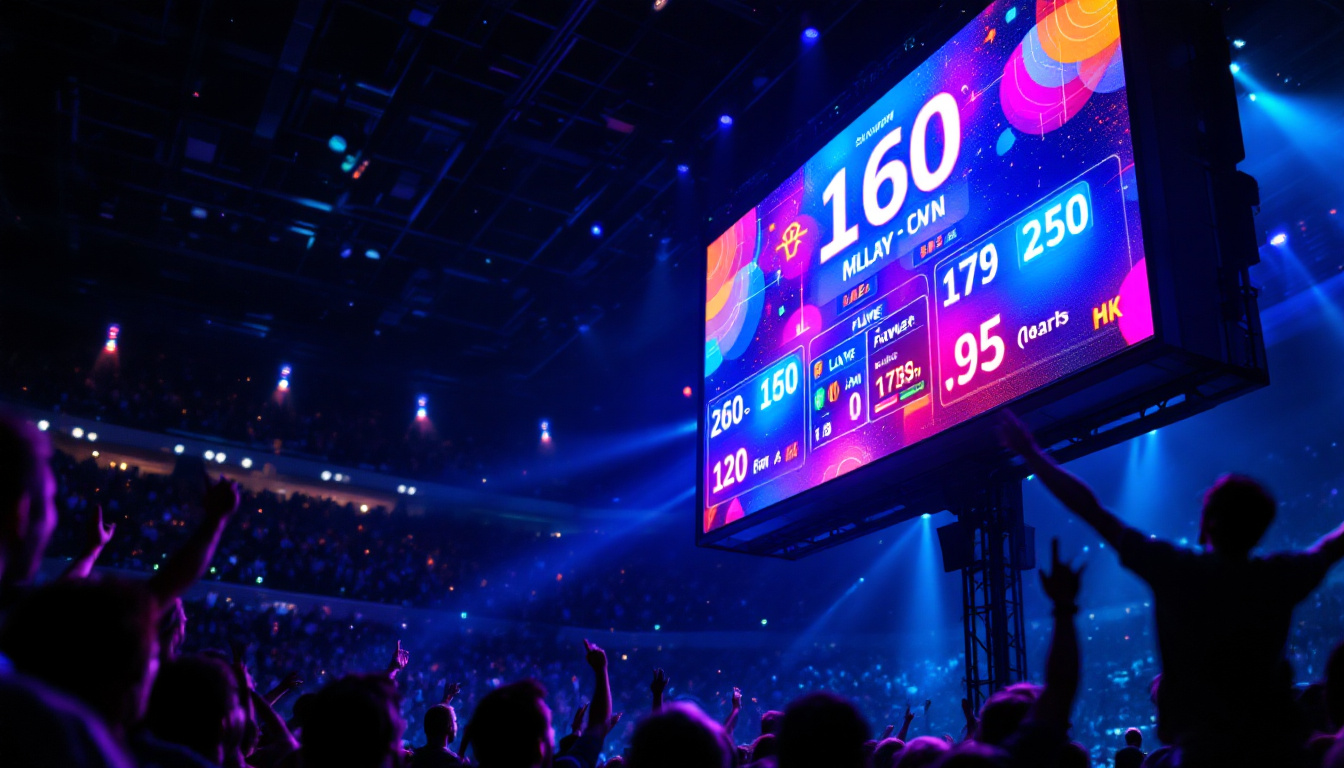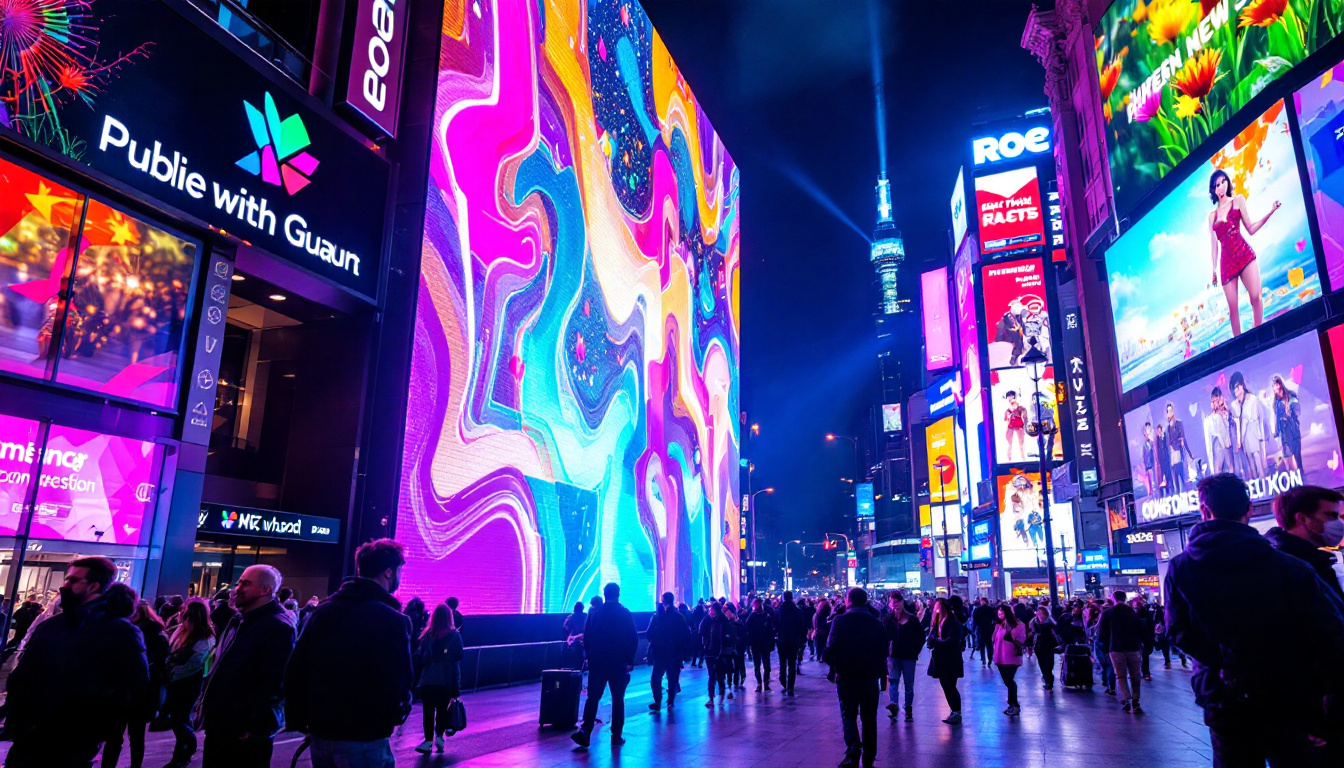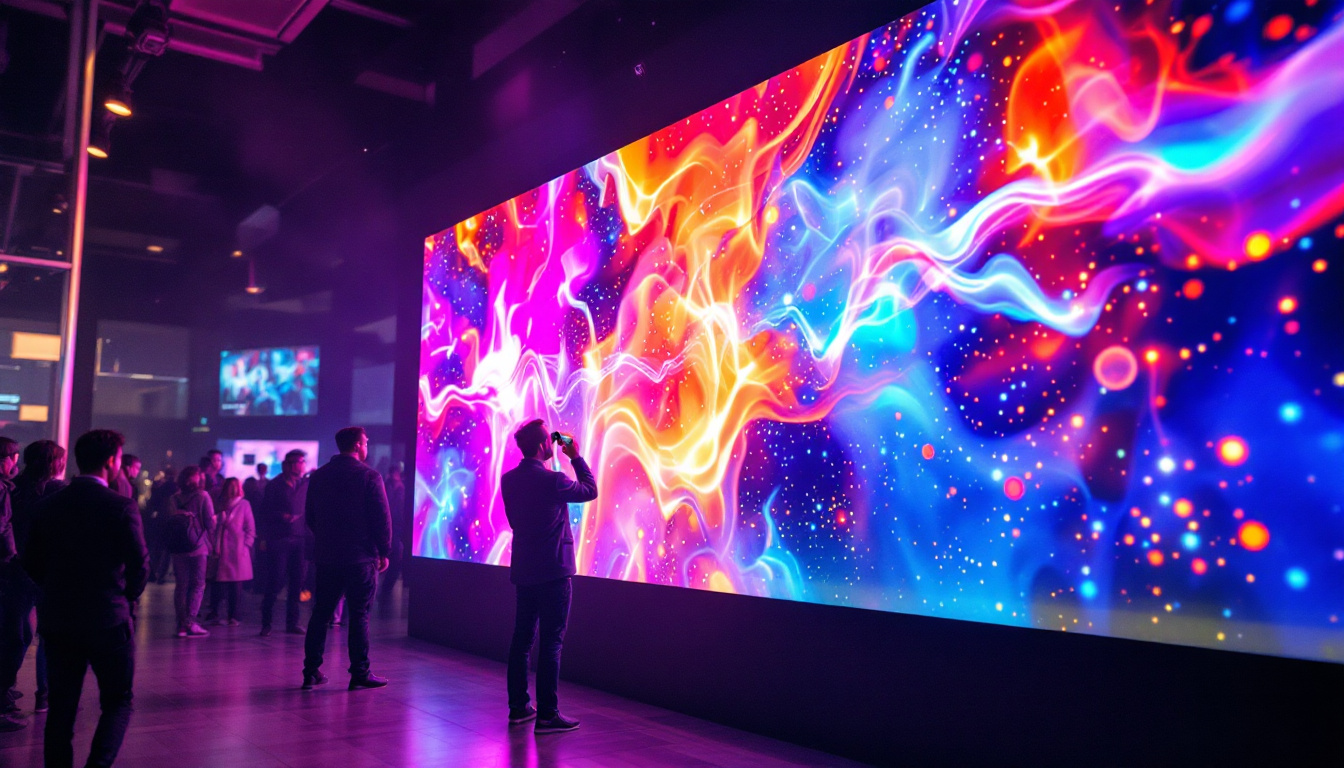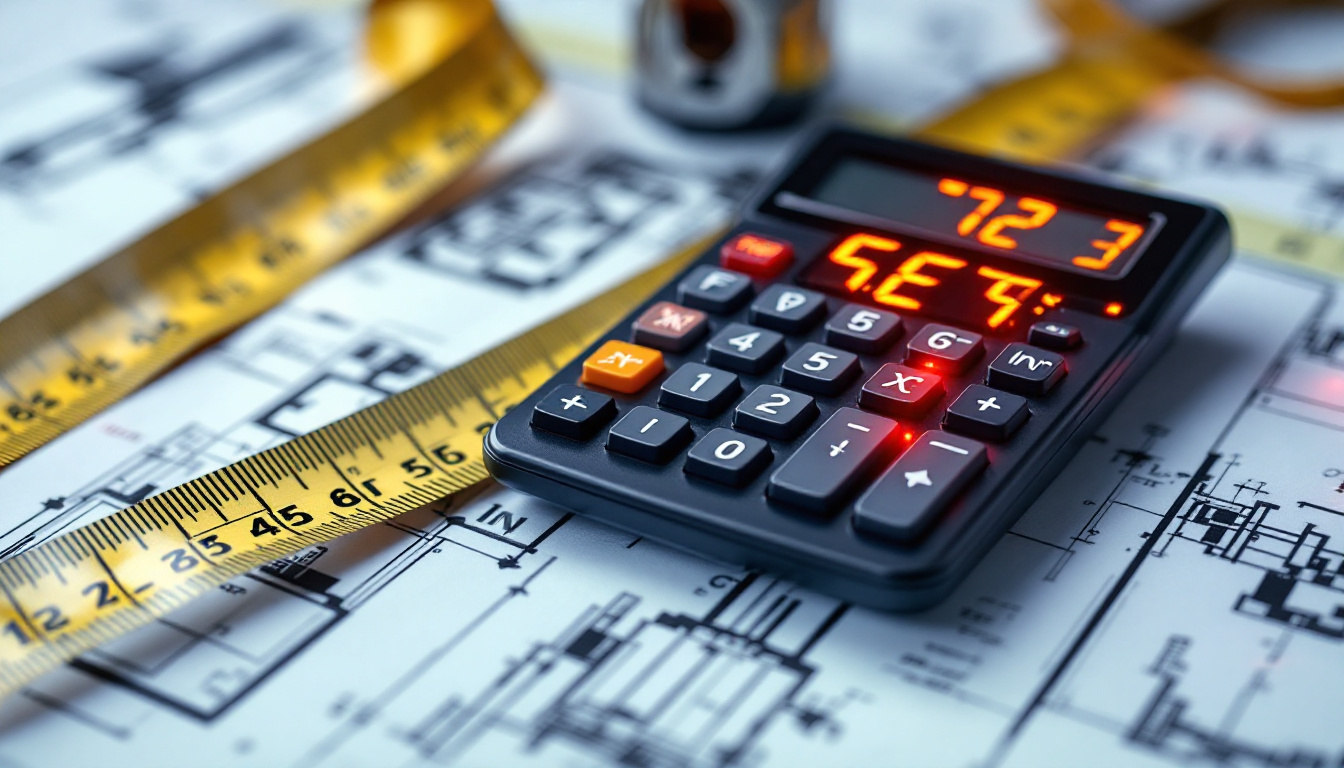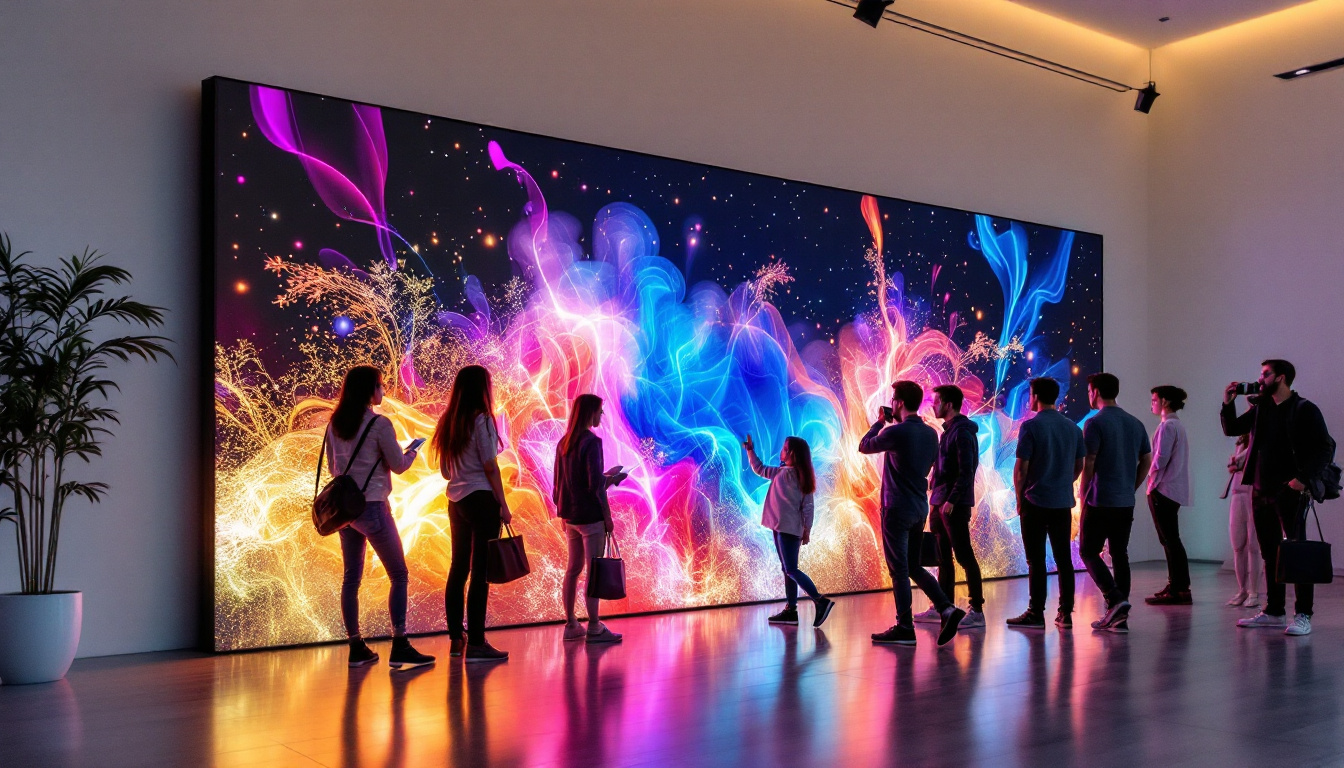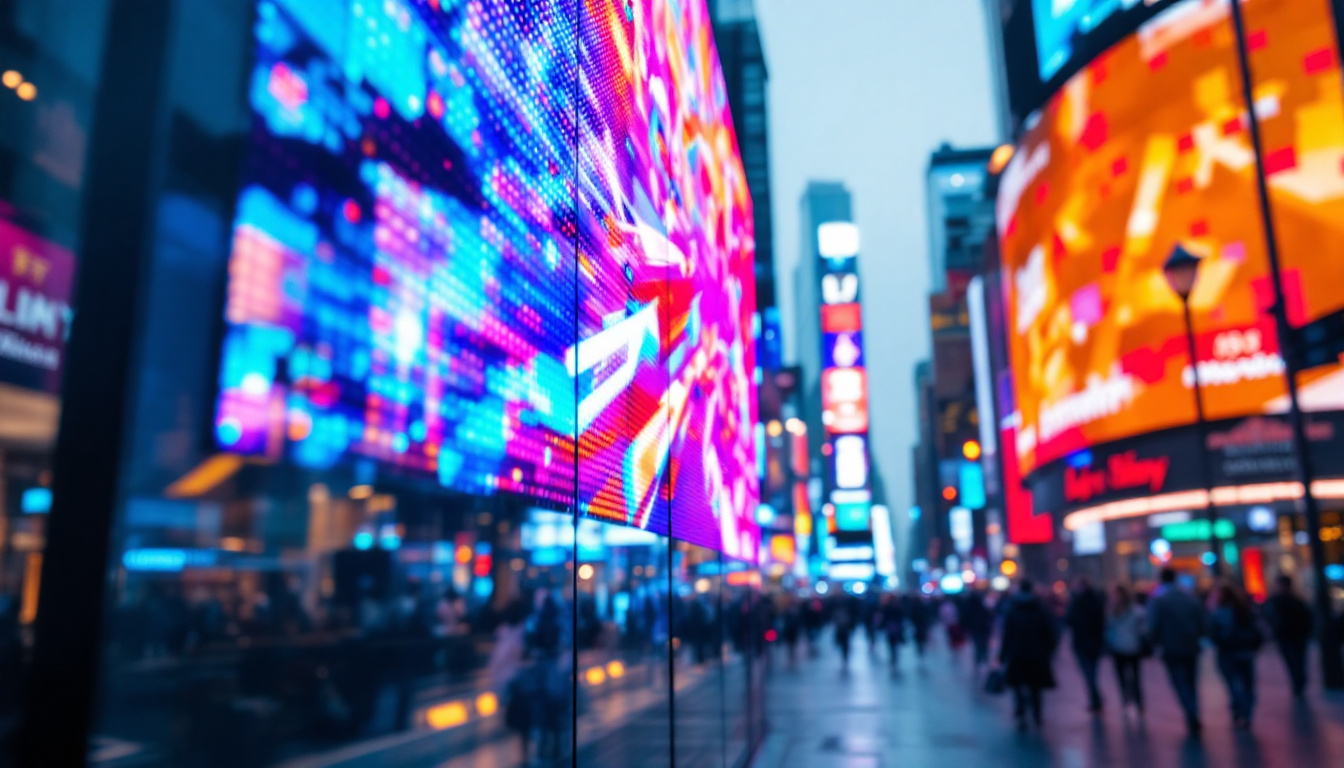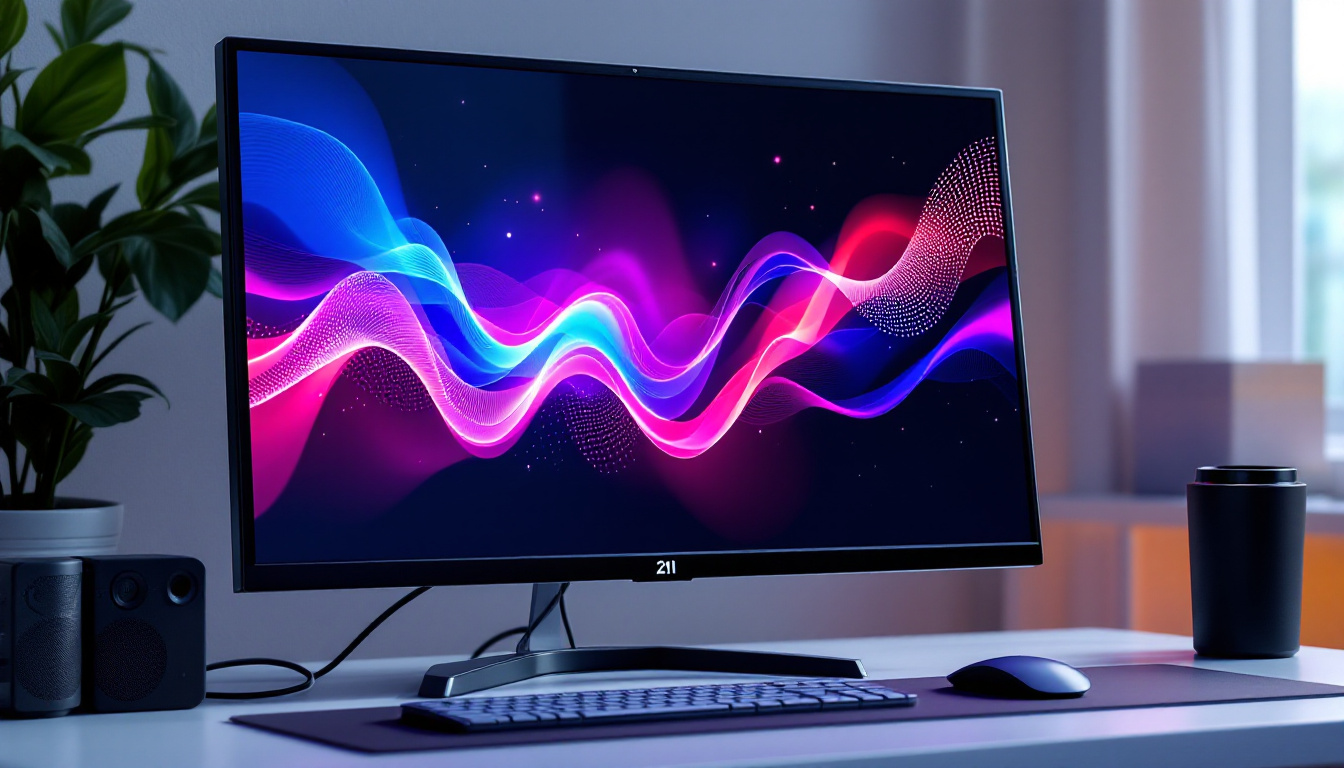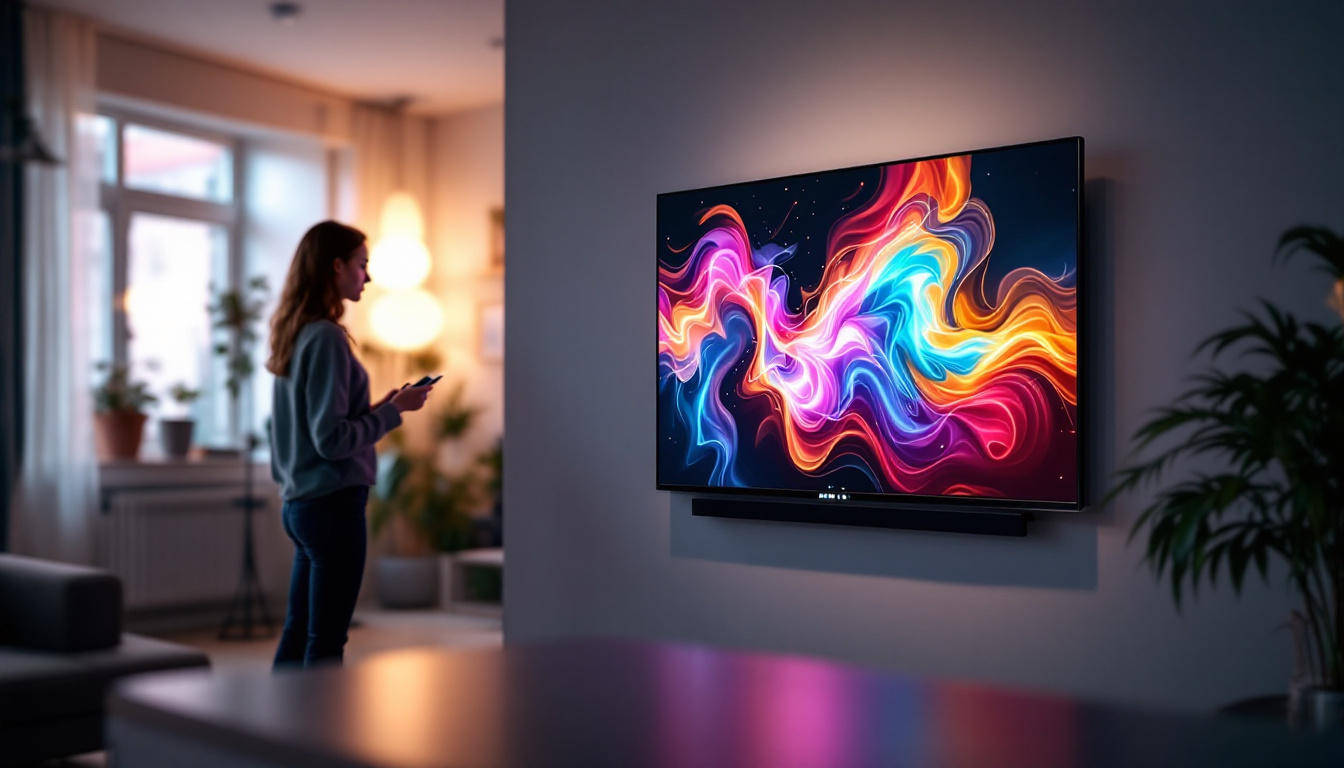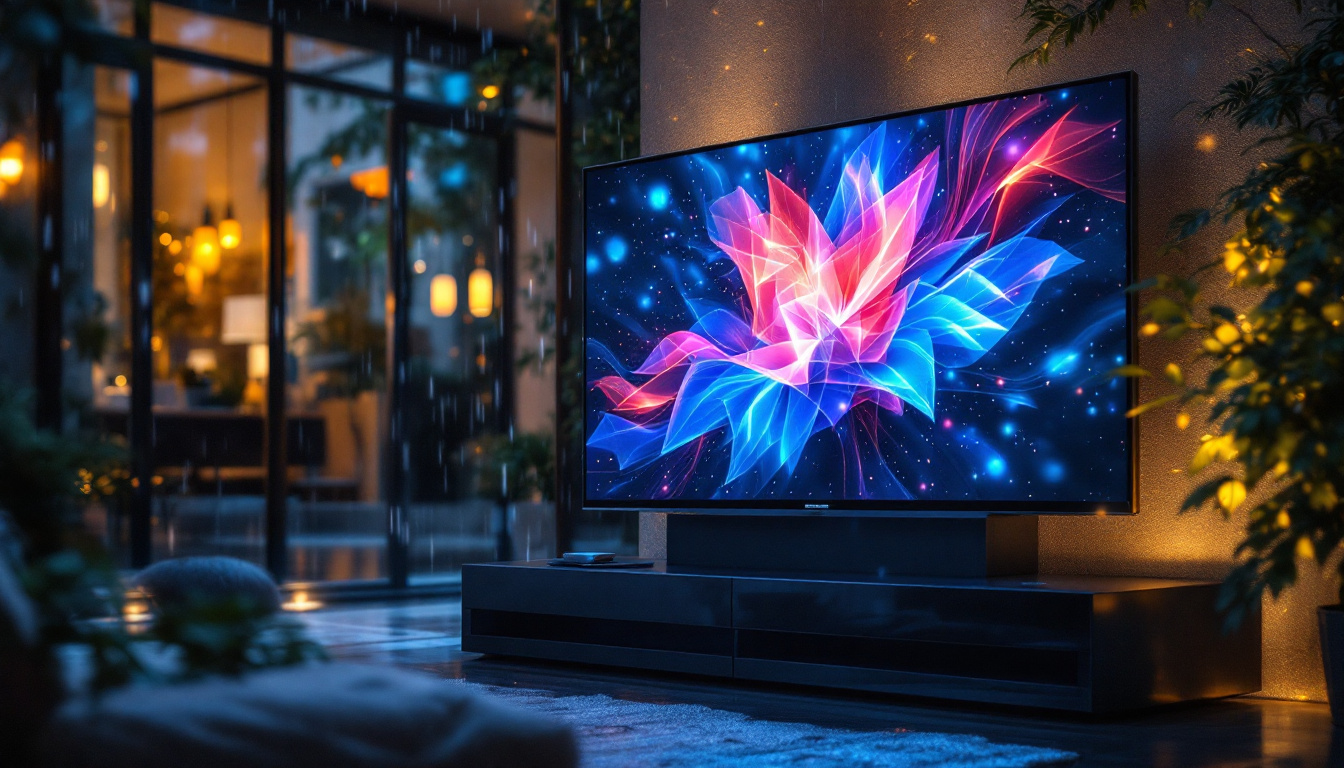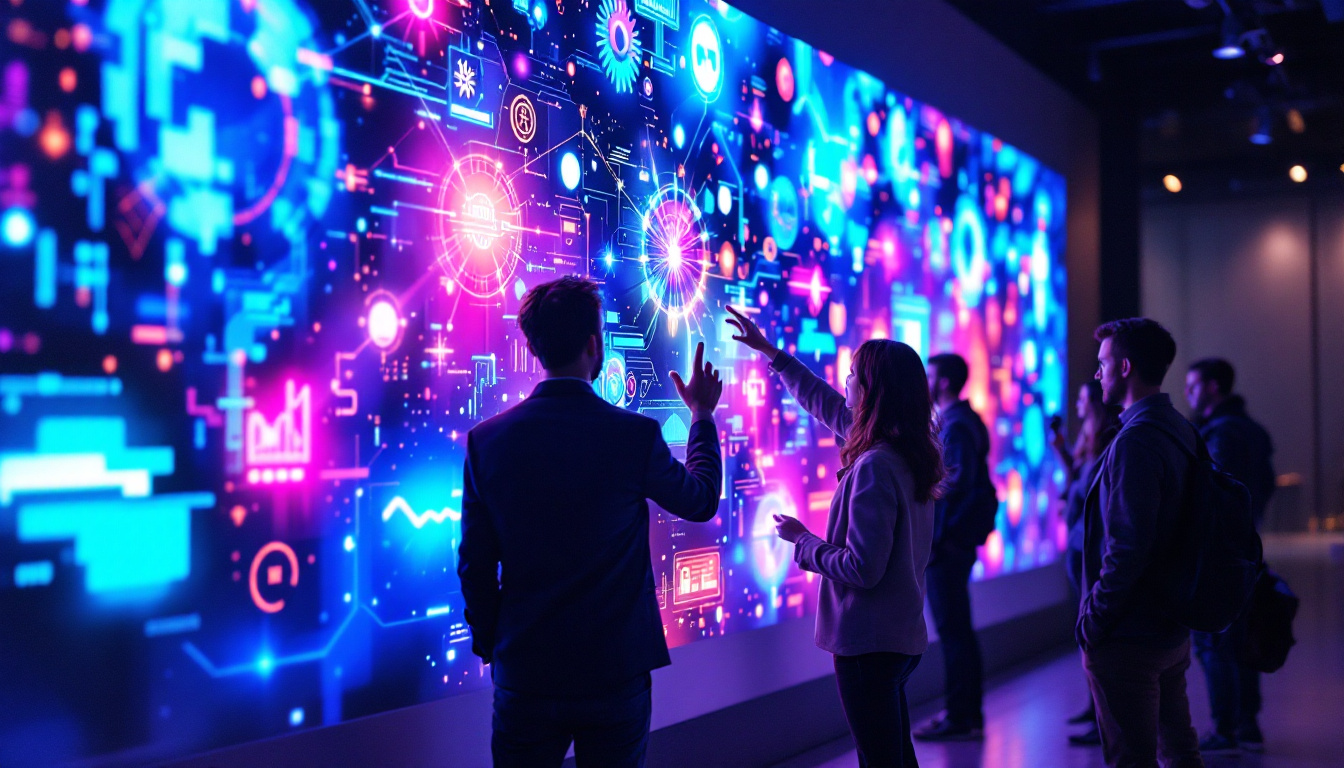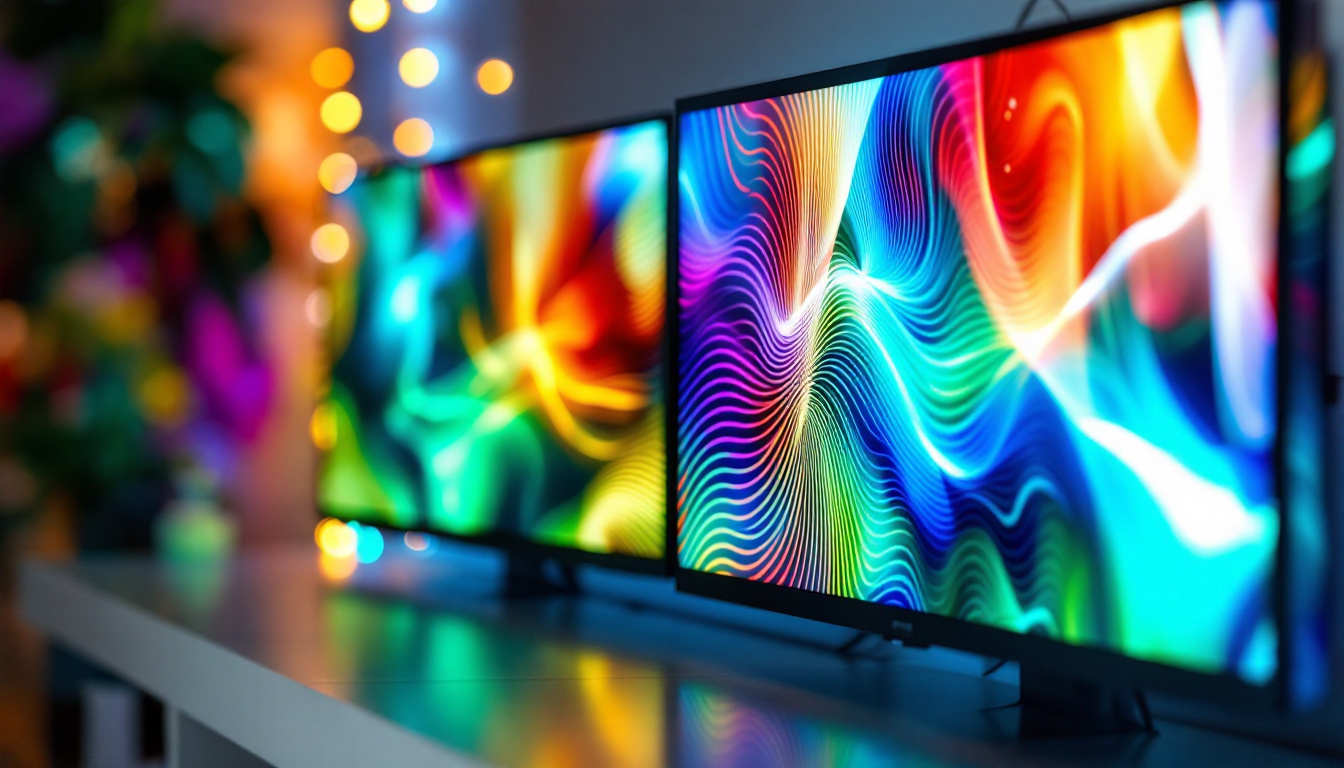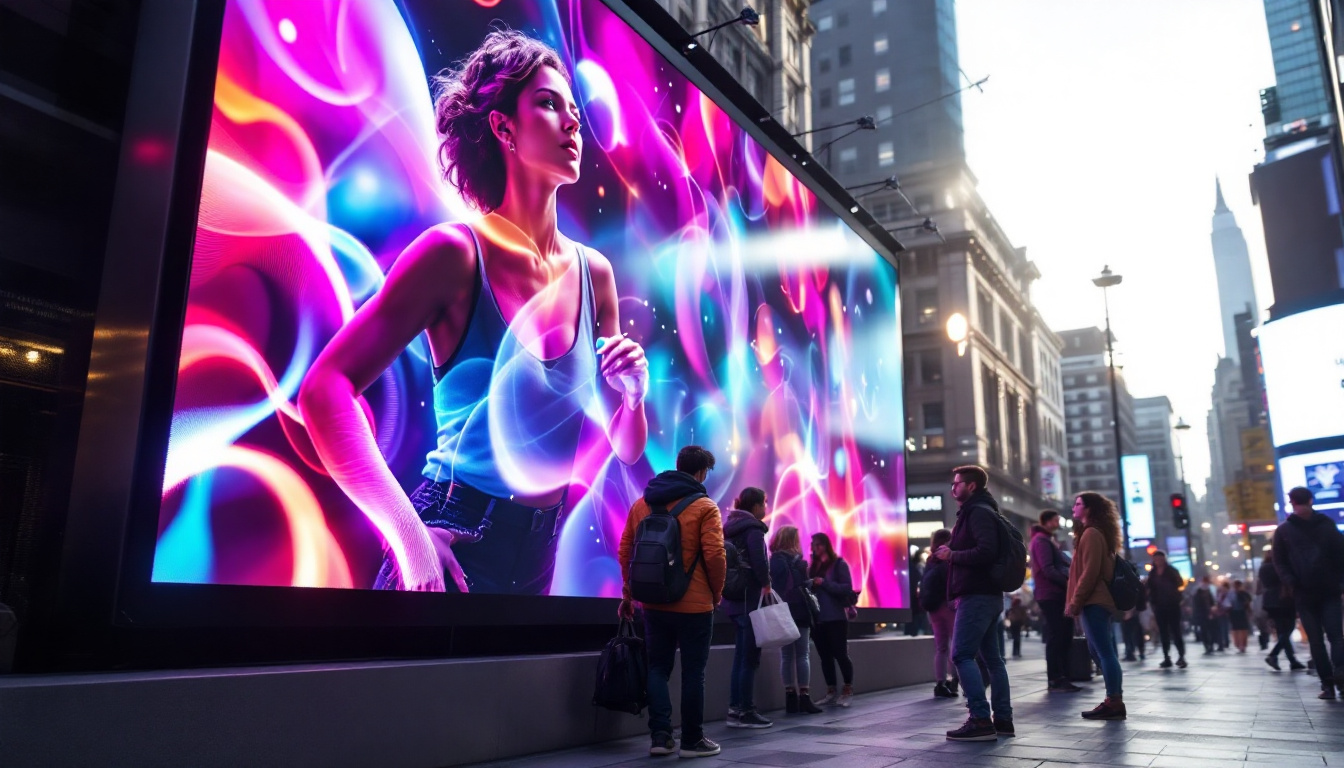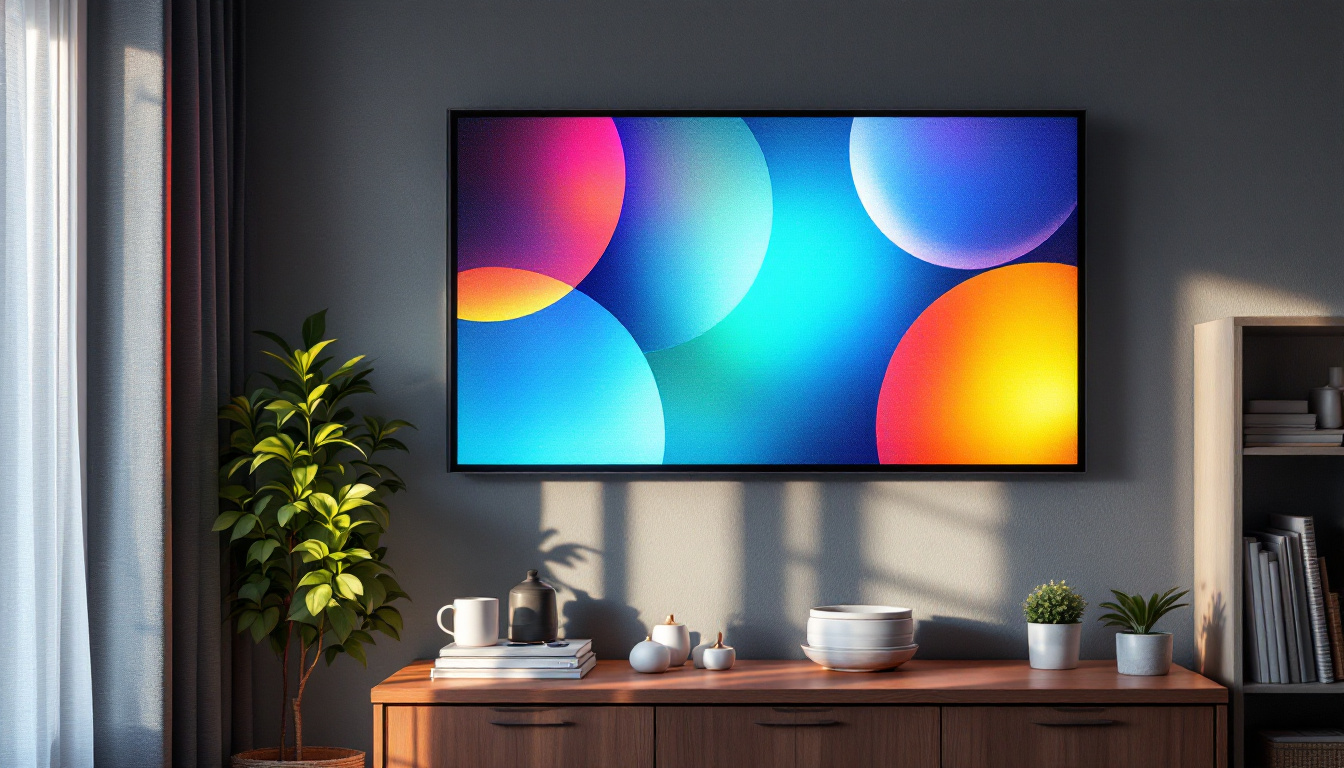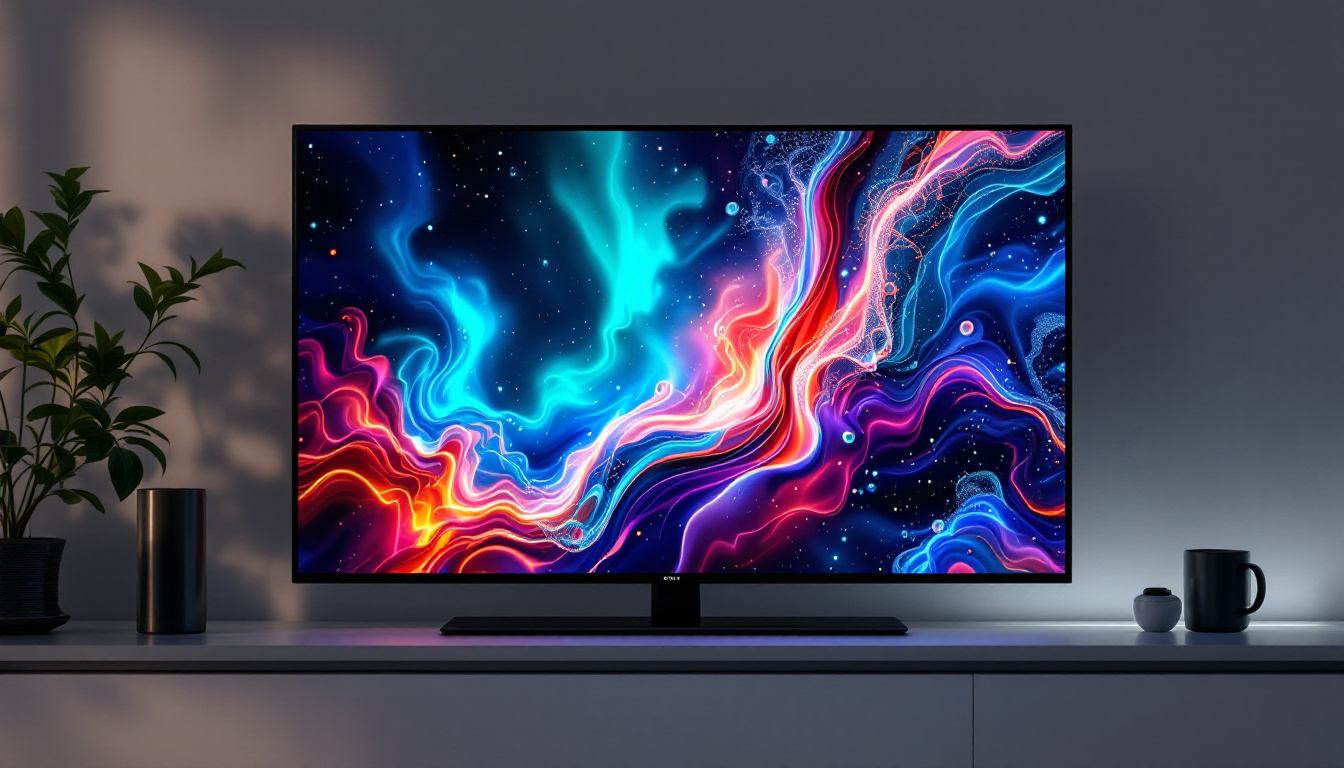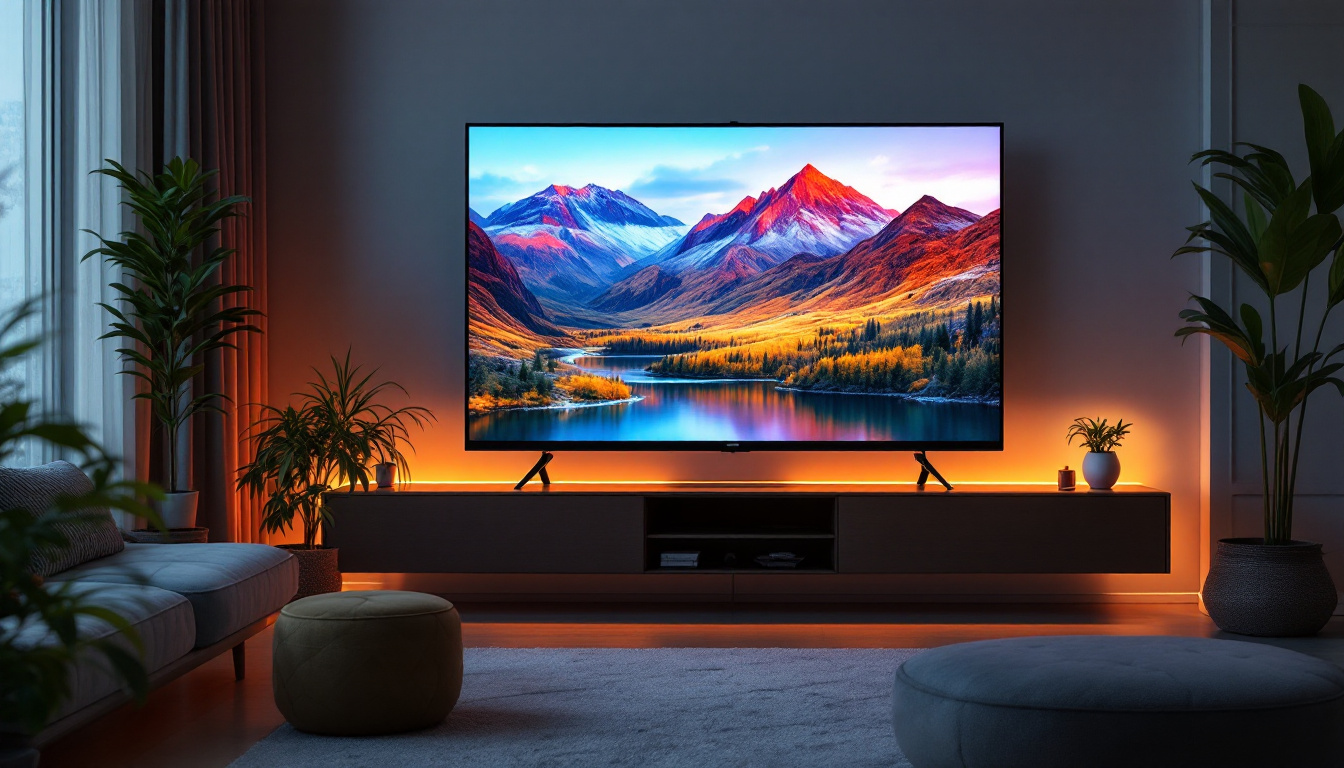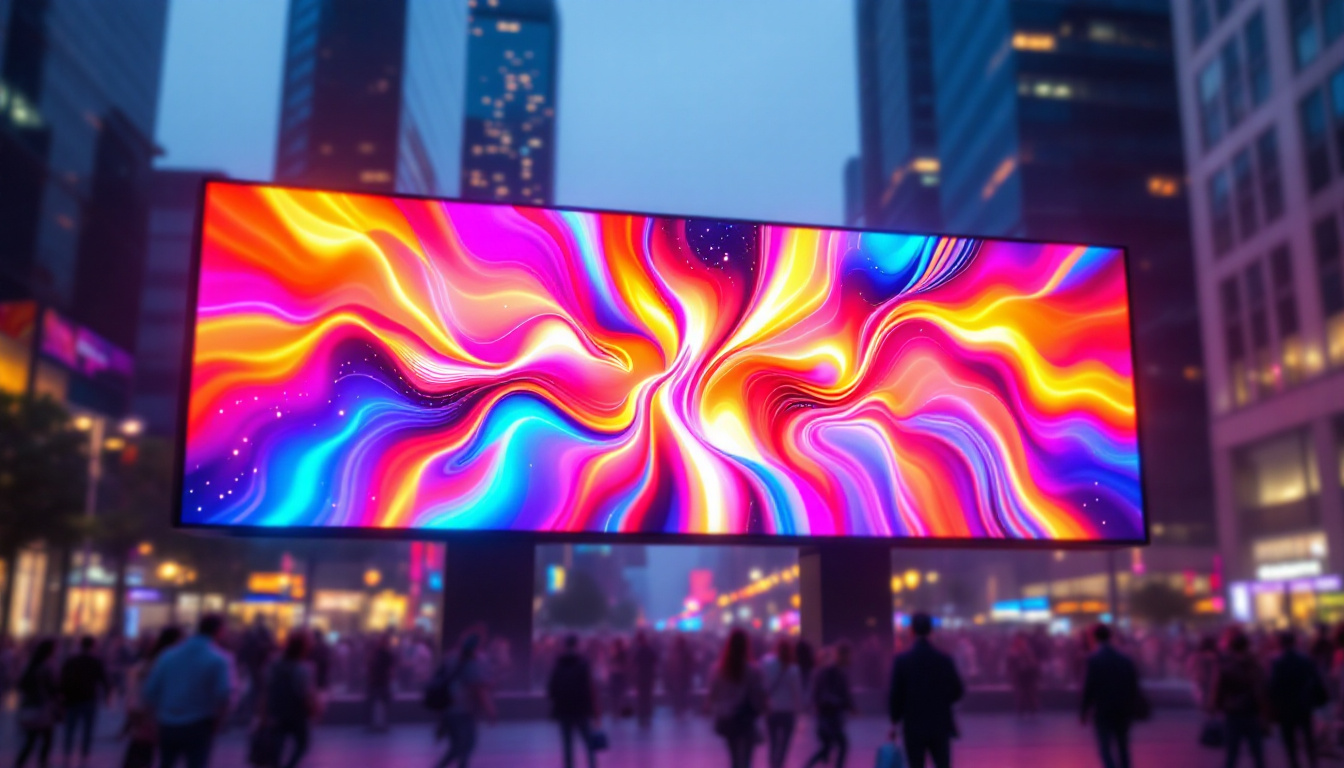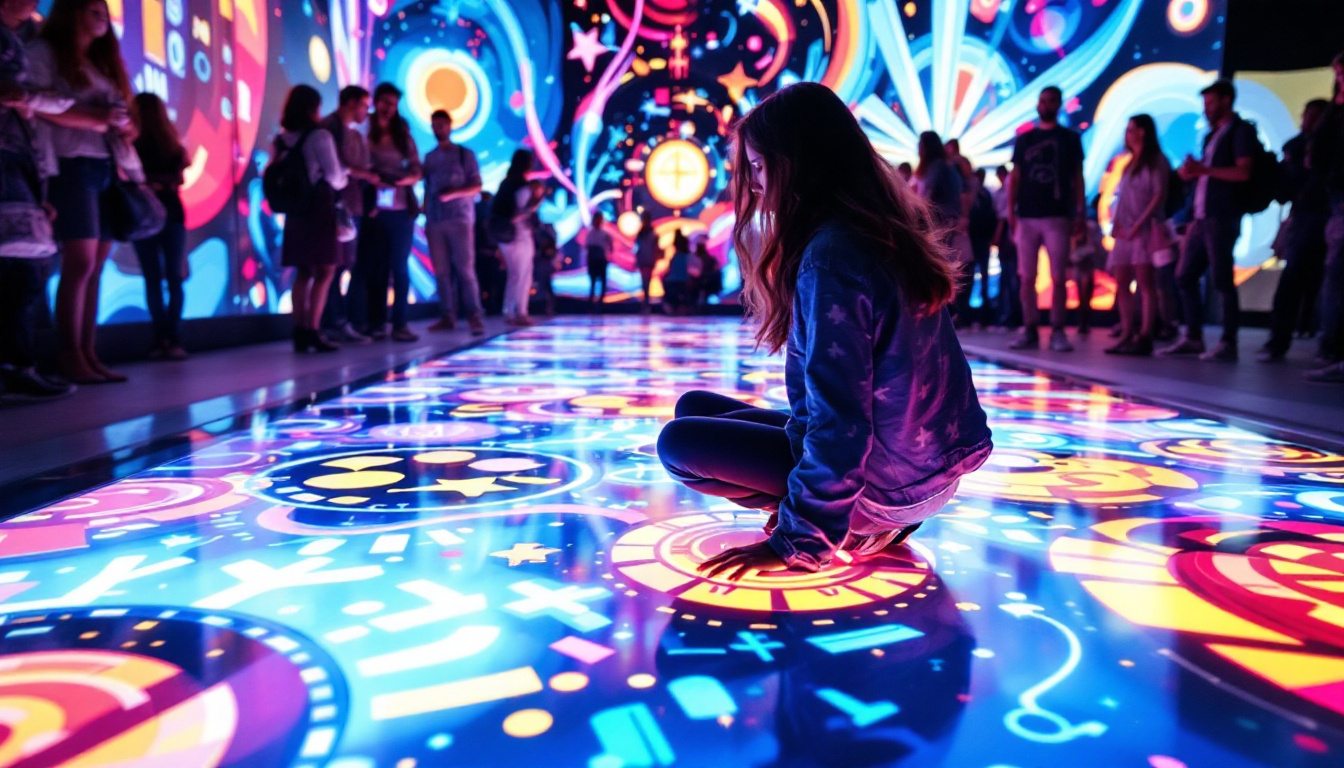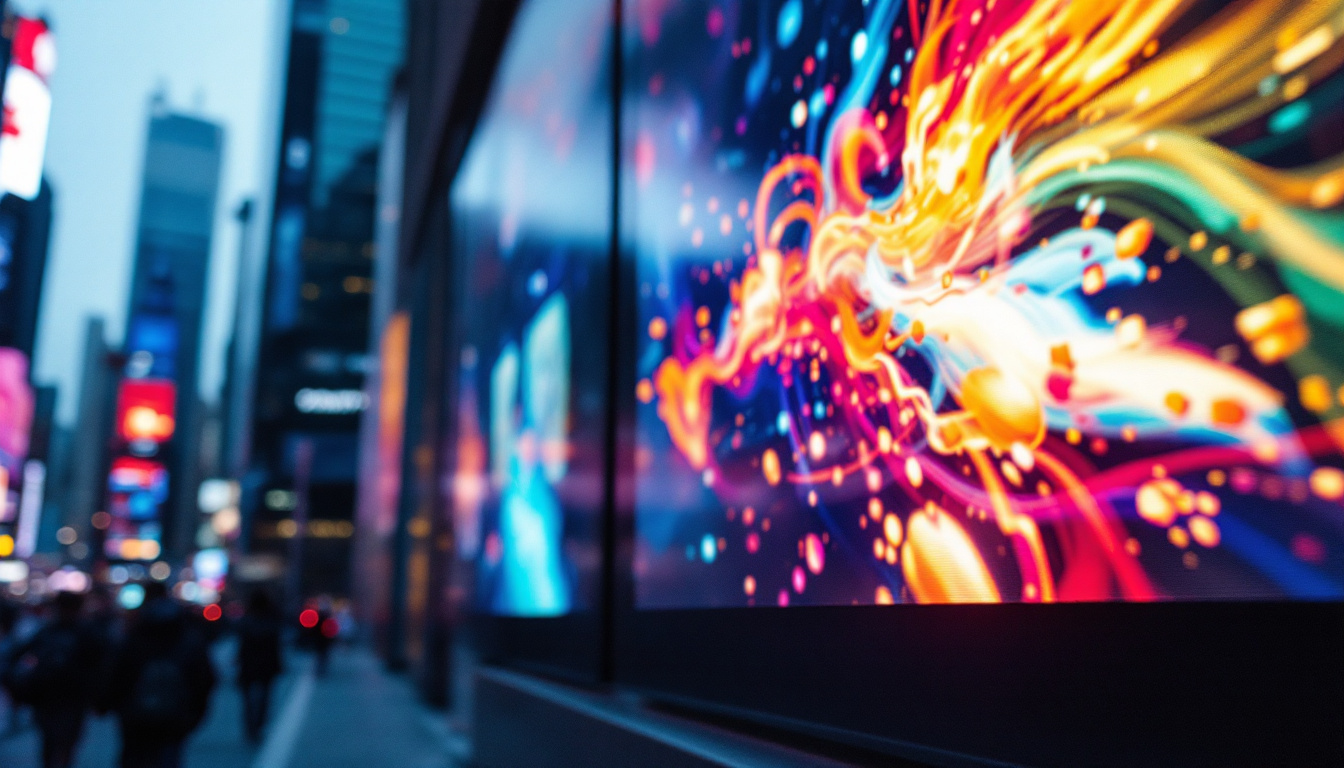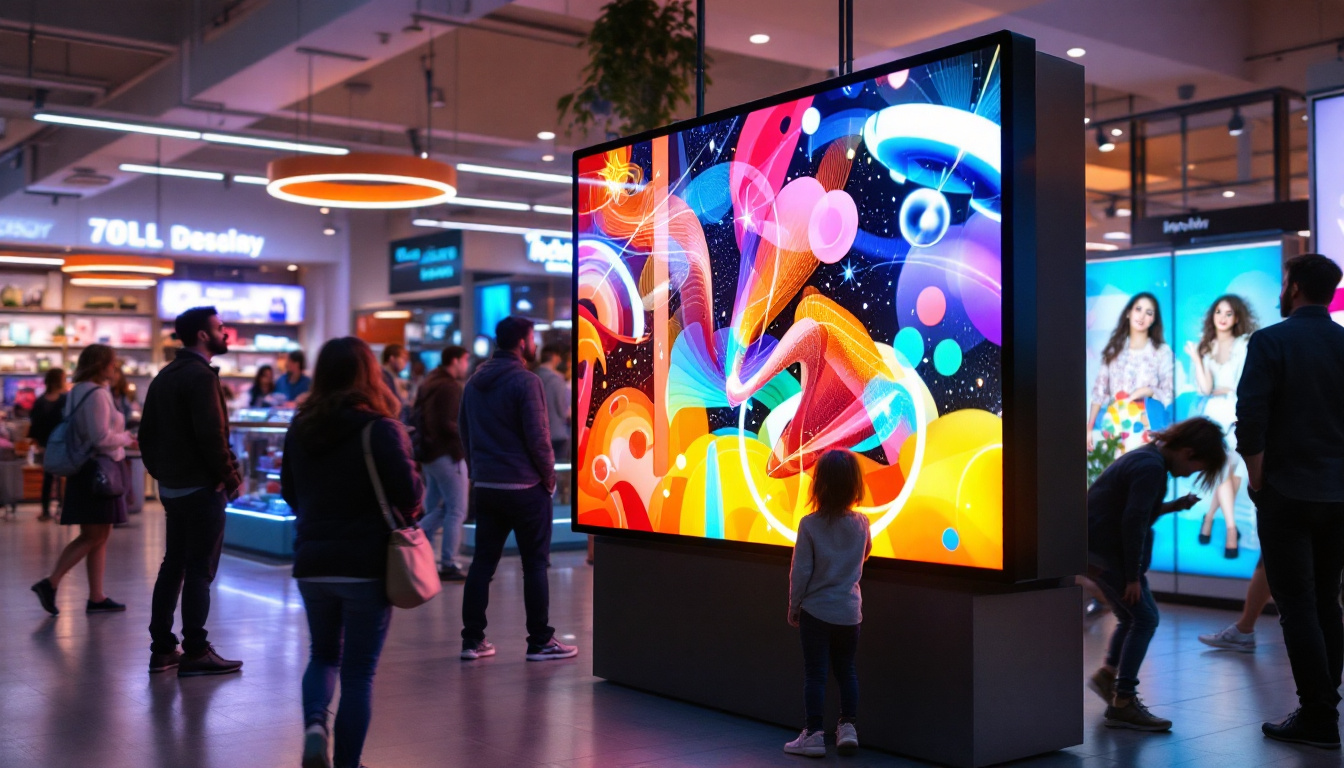In the realm of architectural design and building information modeling (BIM), Autodesk Revit stands as a pivotal tool for professionals. Among its many features, the ability to integrate LED displays into designs has become increasingly relevant. This article delves into the nuances of LED displays within the context of Autodesk Revit, exploring their functionality, applications, and the benefits they bring to modern design practices.
Understanding LED Displays in Revit
LED displays are versatile components that can enhance the visual appeal and functionality of a building. In Revit, these displays can be modeled and integrated into architectural designs, allowing for a more comprehensive visualization of the final product. Understanding how to effectively use LED displays in Revit can significantly elevate the quality of presentations and client interactions.
What Are LED Displays?
LED (Light Emitting Diode) displays are electronic screens that utilize LEDs to produce images and videos. They are commonly used in various settings, including advertising, information dissemination, and entertainment. In architectural design, incorporating LED displays can transform a building’s facade, making it not only a functional space but also a dynamic visual experience.
In Revit, these displays can be represented as part of the building model, allowing architects and designers to visualize how the display will fit into the overall design. This representation can include factors such as size, placement, and integration with other building systems. Designers can also simulate how the display will interact with natural light and surrounding elements, providing a more realistic preview of the final outcome.
Benefits of Integrating LED Displays
The integration of LED displays into architectural designs offers several advantages. Firstly, they provide a means of communication, whether for advertising, wayfinding, or public announcements. This aspect is particularly beneficial in high-traffic areas such as shopping malls, airports, and corporate buildings.
Moreover, LED displays can enhance the aesthetic appeal of a structure. By incorporating dynamic visuals, architects can create a more engaging environment that captures the attention of passersby. This can lead to increased foot traffic and heightened interest in the building’s offerings. Additionally, the ability to change content on LED displays in real-time allows for a flexible approach to marketing and communication, adapting to different audiences and events seamlessly.
Furthermore, LED displays can contribute to a building’s sustainability goals. Many modern LED technologies are energy-efficient, consuming significantly less power compared to traditional display methods. This not only reduces operational costs but also aligns with green building practices. In Revit, designers can analyze the energy consumption of these displays, ensuring that their integration supports the overall sustainability objectives of the project. By considering factors such as brightness levels and operational hours, architects can optimize the displays for maximum impact while minimizing energy use.
Modeling LED Displays in Revit
Modeling LED displays in Revit requires a clear understanding of the software’s capabilities and features. The process involves creating a custom family that accurately represents the display’s dimensions and characteristics. This section outlines the steps involved in effectively modeling LED displays within Revit.
Creating a Custom Family
The first step in modeling an LED display is to create a custom family. This involves defining the display’s size, shape, and materials. Revit allows users to create families that can be reused across different projects, making it a time-efficient process.
To create a custom family, navigate to the “Family Editor” in Revit. Select the appropriate template, typically a generic model, and begin defining the parameters of the LED display. This includes setting the dimensions, adding materials, and incorporating any necessary graphics that represent the display’s functionality.
Adding the LED Display to the Model
Once the custom family is created, the next step is to place the LED display within the architectural model. This can be done by loading the family into the project and positioning it in the desired location. Consideration should be given to the display’s visibility, ensuring that it is placed where it can be easily seen and accessed by users.
Additionally, it is important to consider the surrounding elements in the design. The placement of the LED display should complement the overall aesthetic of the building, enhancing its visual appeal rather than detracting from it.
Visualizing LED Displays in Revit
Visualization is a critical aspect of architectural design, and Revit provides several tools to help designers create realistic representations of their projects. When it comes to LED displays, effective visualization can help stakeholders understand the impact of these elements on the overall design.
Using Renderings for Presentation
One of the most effective ways to visualize LED displays in Revit is through rendering. By creating high-quality renderings, designers can showcase how the LED display will look in the context of the building. This can be particularly useful for client presentations, as it provides a realistic view of the final product.
To create a rendering in Revit, navigate to the “View” tab and select “Render.” Adjust the settings to achieve the desired level of detail and lighting. Incorporating realistic materials and lighting effects can significantly enhance the final rendering, making the LED display appear more lifelike.
Creating Dynamic Visuals
In addition to static renderings, Revit allows for the creation of dynamic visuals that can simulate the content displayed on LED screens. This can include animations or video loops that demonstrate how the display will function in real life. While Revit may not support complex animations directly, designers can use external software to create these visuals and then import them into Revit for presentation purposes.
By showcasing dynamic content, designers can provide a more comprehensive understanding of how the LED display will enhance the user experience within the building.
Applications of LED Displays in Architecture
LED displays have a wide range of applications in architectural design, each serving a unique purpose. Understanding these applications can help designers make informed decisions about how to integrate LED displays into their projects.
Advertising and Branding
One of the most common uses of LED displays is for advertising and branding purposes. Businesses can leverage these displays to promote their products and services, creating an eye-catching focal point that draws attention. In urban environments, LED displays can become landmarks, contributing to the overall identity of a location.
In Revit, designers can model these displays to reflect the branding elements of the business, ensuring that the design aligns with the company’s image. This can include incorporating logos, color schemes, and specific messaging that resonates with the target audience.
Information Dissemination
LED displays are also widely used for information dissemination, particularly in public spaces. They can provide real-time updates, such as transit schedules, event information, or emergency alerts. In architectural design, considering the placement of these displays is crucial to ensure they are easily accessible and visible to the intended audience.
In Revit, designers can simulate the information that will be displayed, allowing stakeholders to visualize how the display will function in practice. This can be particularly useful in environments such as airports, train stations, or large public venues.
Challenges in Integrating LED Displays
While the integration of LED displays into architectural designs offers numerous benefits, it also presents certain challenges. Understanding these challenges can help designers navigate potential pitfalls and create more effective solutions.
Technical Considerations
One of the primary challenges in integrating LED displays is the technical aspects involved. This includes ensuring that the display is compatible with the building’s electrical systems and that it meets local regulations and standards. Designers must collaborate with engineers to address these technical requirements effectively.
In Revit, it is essential to consider the electrical and structural implications of the LED display. This may involve creating additional families to represent the supporting structures or electrical components necessary for the display’s operation.
Aesthetic Integration
Aesthetic integration is another challenge that designers face when incorporating LED displays. The display must complement the overall design of the building rather than clash with it. This requires careful consideration of factors such as size, placement, and visual impact.
In Revit, designers can experiment with different placements and configurations to find the most harmonious integration. Utilizing rendering tools can also help visualize how the display will interact with the surrounding architecture, allowing for adjustments before finalizing the design.
Future Trends in LED Displays and Revit
The future of LED displays in architectural design is promising, with advancements in technology opening up new possibilities. As designers continue to explore innovative ways to integrate these displays, several trends are emerging that could shape the future of this integration.
Smart Displays and Interactivity
One of the most exciting trends is the rise of smart displays that offer interactivity. These displays can respond to user inputs, creating a more engaging experience. For instance, touch-sensitive displays can allow users to access information or navigate through content seamlessly.
In Revit, designers can model these interactive elements, considering how they will function within the architectural context. This integration can enhance user experience and make buildings more adaptable to the needs of their occupants.
Sustainability and Energy Efficiency
As sustainability becomes a more pressing concern in architecture, LED displays are evolving to become more energy-efficient. Modern displays consume less power and can be integrated with renewable energy sources, such as solar panels. This trend aligns with the growing demand for environmentally friendly building practices.
In Revit, designers can incorporate energy-efficient LED displays into their models, showcasing their commitment to sustainability. This can be an attractive selling point for clients who prioritize eco-friendly design.
Conclusion
Incorporating LED displays into architectural designs using Autodesk Revit presents a unique opportunity for architects and designers to enhance their projects. By understanding the functionality, benefits, and challenges associated with LED displays, professionals can create innovative designs that resonate with users and stakeholders alike.
As technology continues to evolve, the integration of LED displays will likely become even more sophisticated, opening up new avenues for creativity and functionality in architectural design. Embracing these advancements can lead to more dynamic, engaging, and sustainable built environments.
Explore Cutting-Edge LED Display Solutions with LumenMatrix
Ready to elevate your architectural projects with the latest in LED display technology? Discover LumenMatrix’s innovative solutions and transform your designs into captivating visual experiences. From Indoor and Outdoor LED Wall Displays to specialized options like Vehicle, Sports, and Floor LED Displays, LumenMatrix offers a comprehensive range of products to meet your needs. Embrace the future of visual communication with Custom, All-in-One, and Transparent LED Displays that promise to enhance engagement and brand visibility. Check out LumenMatrix LED Display Solutions today and bring your architectural visions to life.

